The word "bestie" used to mean something. It conjured images of shared secrets over late-night phone calls, inside jokes that could reduce you both to tears, and a bond that felt unshakable. But somewhere along the way, the term became diluted—thrown around with such casual abandon that it lost its weight. What was once a sacred designation has become social currency, traded freely until its value has nearly evaporated. This is the inflation of friendship in the digital age, where the title of "best friend" is handed out like candy, and the emotional stakes are lower than ever.
Social media has accelerated this phenomenon. Platforms like Instagram and TikTok thrive on the performance of closeness—the curated posts of brunch dates, the hashtagged declarations of #SquadGoals, the endless stream of comments reading "love you, bestie!" under every selfie. The more we publicly proclaim these bonds, the less they seem to mean in private. The pressure to present a vibrant social life has turned friendship into a branding exercise, where quantity often overshadows quality. It’s no longer about who knows you best, but who appears beside you in the most likes-worthy photos.
Language plays a crucial role in this devaluation. Terms like "bestie," "sister from another mister," or "ride or die" were once reserved for those rare connections that transcended casual camaraderie. Now, they’re applied to coworkers we’ve known for three weeks, gym buddies we see twice a month, or even influencers we’ve never met. The linguistic inflation mirrors what happens in economics: when you print too much currency, its value drops. Similarly, when every acquaintance is elevated to "best friend" status, the title ceases to hold meaning.
The irony is that this hyper-social era has left many feeling lonelier than ever. A study published in the Journal of Social and Personal Relationships found that while young adults report having larger social networks, they also experience higher rates of perceived isolation. The sheer volume of shallow connections can create a void where deeper ones used to thrive. It’s easier than ever to collect "friends," but harder to find someone who’ll show up at 2 AM with ice cream and a listening ear.
Commercialization has further eroded the authenticity of friendship. Brands now market "best friend" necklaces, matching pajama sets, and even friendship-themed subscription boxes, commodifying what was once an organic emotional bond. The message is clear: closeness can be bought, and loyalty comes pre-packaged. This consumerist approach turns relationships into transactions, where gestures matter more than genuine emotional investment.
Some argue that this linguistic shift is harmless—that language evolves, and so do social norms. But words shape expectations. When every casual hangout is framed as an unbreakable bond, it sets people up for disappointment. The fallout is visible in the rise of "friend breakups," where the dissolution of these overhyped connections leads to real pain. If everyone’s your best friend, no one is.
There’s a quiet rebellion brewing against this trend. Some are opting for radical honesty in their social circles, reclaiming terms like "acquaintance" or "good friend" without shame. Others are prioritizing depth over breadth, investing in fewer relationships but nurturing them more intentionally. Perhaps the antidote to friendship inflation isn’t more connections, but better ones—where the value lies not in the label, but in the unspoken understanding that defies hashtags and highlight reels.
The next time you’re tempted to call someone "bestie," pause. Ask yourself: is this someone who’s seen you at your worst and stayed? Or is it just a reflex, a linguistic habit reinforced by a culture that prizes performative affection? Real friendship resists inflation because its worth isn’t determined by how often it’s proclaimed, but by how deeply it’s felt. And that, in any economy, is priceless.

By /Jun 17, 2025

By /Jun 17, 2025
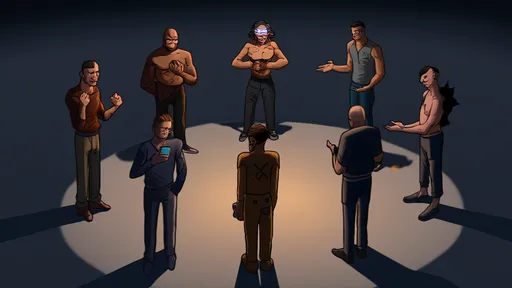
By /Jun 17, 2025

By /Jun 17, 2025

By /Jun 17, 2025

By /Jun 17, 2025
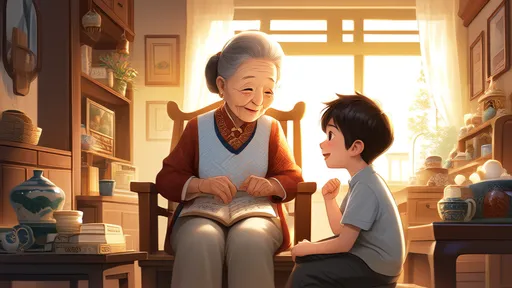
By /Jun 17, 2025

By /Jun 17, 2025
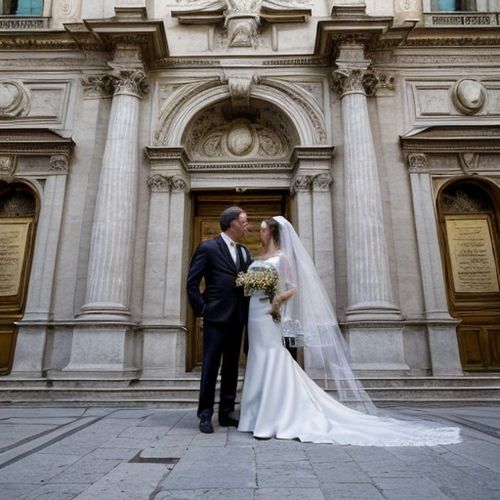
By Sophia Lewis/Apr 19, 2025
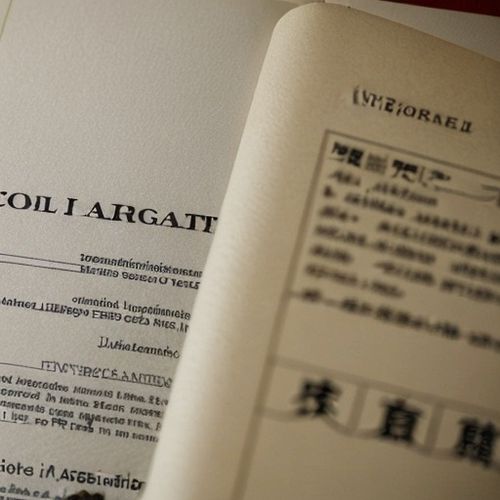
By Elizabeth Taylor/Apr 19, 2025

By James Moore/Apr 19, 2025

By Rebecca Stewart/Apr 19, 2025
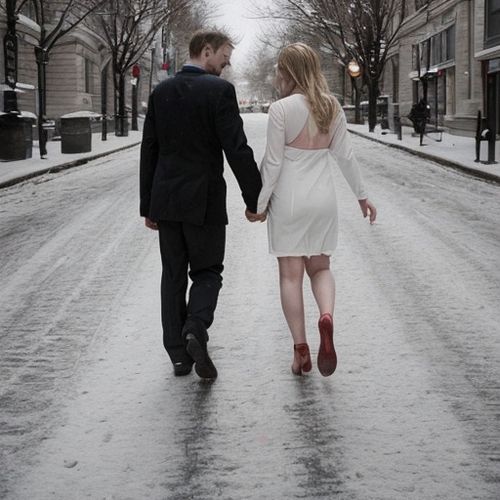
By Ryan Martin/Apr 19, 2025

By James Moore/Apr 19, 2025
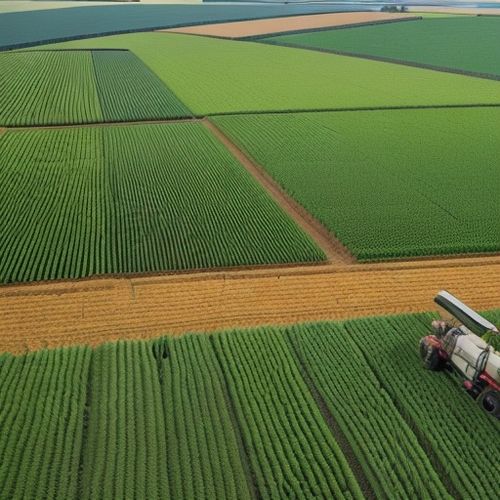
By Sarah Davis/Apr 19, 2025

By George Bailey/Apr 19, 2025

By James Moore/Apr 19, 2025

By Amanda Phillips/Apr 19, 2025